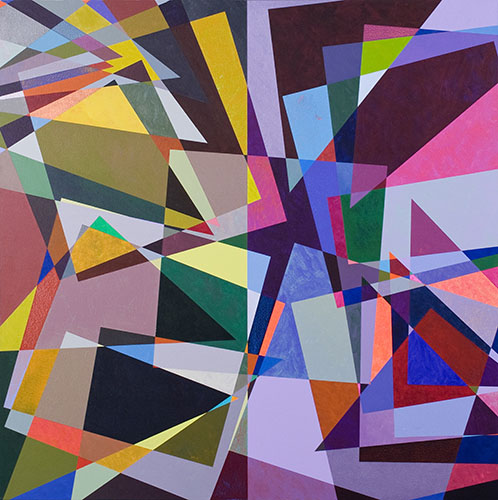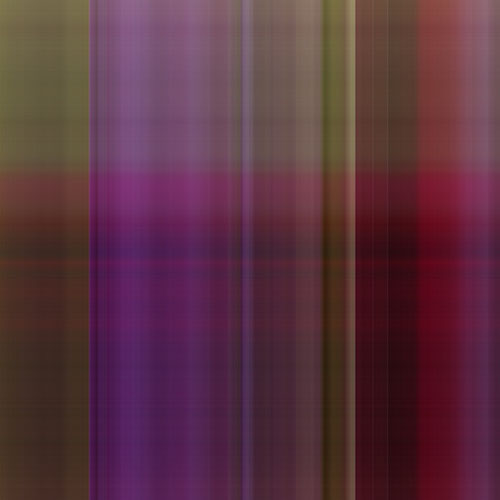 |
Were he not so resolutely modernist in his approach to painting, Mark Emerson might be credibly linked to the Neo Geo clan. But the truth is that he is a formalist to the core whose influences run closer to early Frank Stella, Ellsworth Kelly and Bridget Riley than to, say, Jean Baudrillard, the French theorist who, in the ‘80s, pulled Peter Halley (and a lot of other people) onto the whole simulacrum bandwagon. Significantly, Emerson was included in Neo-Mod, a traveling exhibition mounted by the Crocker Art Museum in 2004 that leaned heavily on design-influenced abstractionists to demonstrate how, among other things, mid-century styles persist. Emerson's innovation was to successfully fuse Op and Geometric Abstraction.
 |
 |
.jpg) |
.jpg) |
.jpg) |